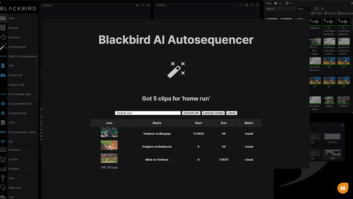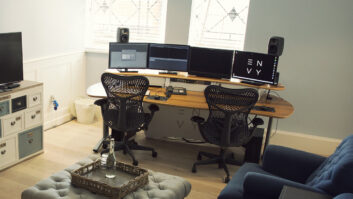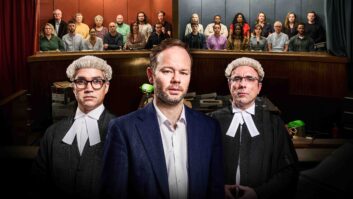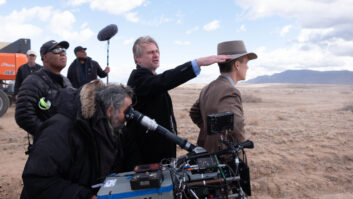Topping the US box office for the third week running, Aquaman continues to reel in audiences, their appetites whet by the prospect of Nicole Kidman fighting the creatures of Atlantis with a trident and fishmen riding around on seahorses. Film editor Kirk M. Morri is no stranger to visual effects, having previously worked on Fast & Furious 7 and Ant-Man, but the sheer scale of Aquaman‘s VFX was a different kettle of fish.
“Fast & Furious had a large number of effects but they were completely different types – the more real,” Morri explains. “I’ve worked on VFX movies before and I actually like it a lot. There’s so many things you can do with VFX; change things around really easily, whereas if it was all practical you’d have to go and do pick-up shoots for that.”
“Obviously it’s easier when you’re taking an actor from one take and combining it with another take,” he continues. “The background’s going to be much easier to do. I like CG movies for the editing, it’s very creative; you can do a lot more than you can if you’re attached to practical footage.”
To accomplish the edit on the DC superhero spectacle, Morri used Avid’s Media Composer software: “I like Avid a lot, it works – because I’ve cut films on Final Cut and other programmes and my view of it is Avid really seems like an editing programme that was designed and made for editors.”
“Final Cut and some of those other ones are computer programmes and their ultimate goal is to edit, but it’s not as intuitive to the editing process I would say. There’s benefits to each of them; they all have their own little things that are better then the other systems, but overall Avid is just a great system. It works well when you have multiple users on there, they can all access it. The way it’s laid out, it’s a really good system.”
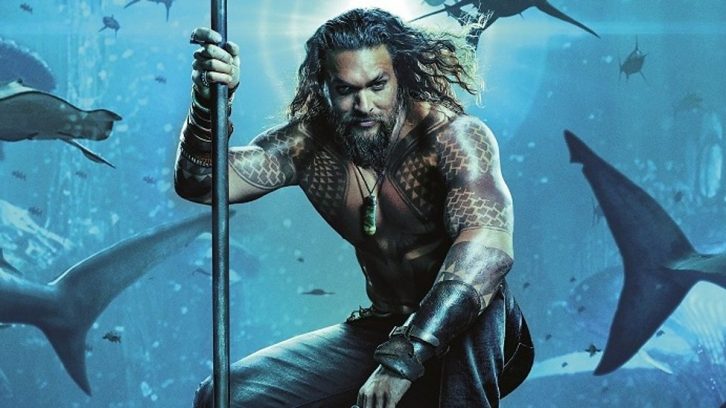
Aquaman follows the rightful heir to the throne of Atlantis (Jason Momoa) as he fights to reclaim the crown from his brother (Patrick Wilson). “They sent me a script but I came on during the previs stage,” says Morri. “They had drawn up some storyboards for some scenes and then they started making the early previs, then I came on board at that point so I could work with the previs – which is basically the outline for the scene – and start finessing that. Then we could come up with ideas and start working from there before they went in and actually shot the practical footage for it.”
The film marks Morri’s latest collaboration with director James Wan, with whom he worked on Fast & Furious 7 as well as the Insidious and Conjuring movies. Morri describes Wan’s involvement in the editing process: “Once I have my cut of the film and we’re in post-production, James is there every day and we’re just bouncing ideas off each other, coming up with new ideas.”
“We usually bring the producers in a little early to show the movie or some scenes or something and get a little feedback from them, and then we do the director’s cut screening for the studio and start working from there,” he continues. “Editing is an ongoing process so you just listen to what people have to say and try to make those changes work, and you never know where a great idea’s going to come from – so we like having input from people because ultimately you’re showing it to viewers who are going to have their own opinions, so taking in suggestions from other people always helps.”
With all that said and done, how does Morri feel about the finished picture? “I think it’s a fun movie, if people want to go to the theatre and enjoy a film it’s a fun movie. It’s entertaining and that’s what you want from entertainment. When you take a step back and you look at it it’s bigger than when you’re in the trenches, because when you’ve been working from the storyboards to the previs to the practical footage to the effects, you’re just progressing level by level. It’s not as overwhelming as when you take a step back and look at the whole thing and then you’re like ‘wow, that’s a big film!'”
